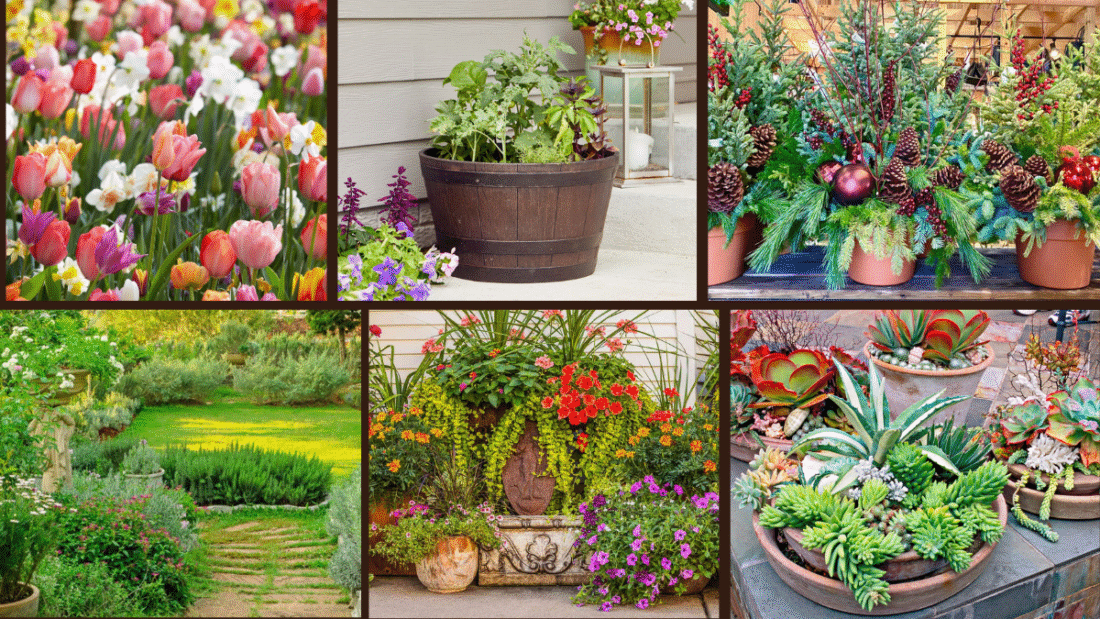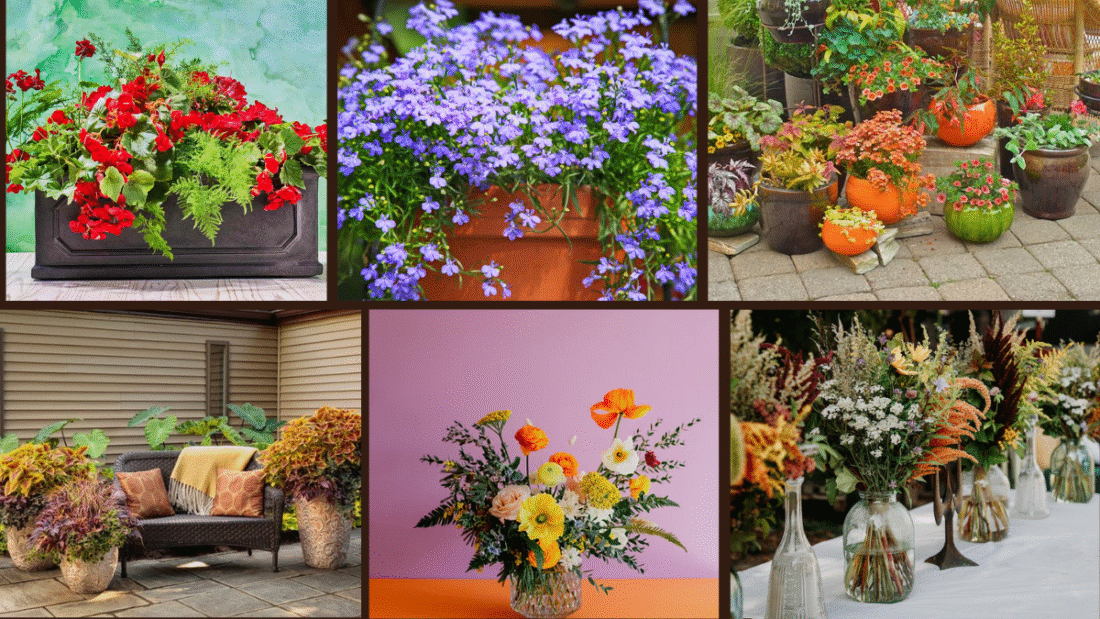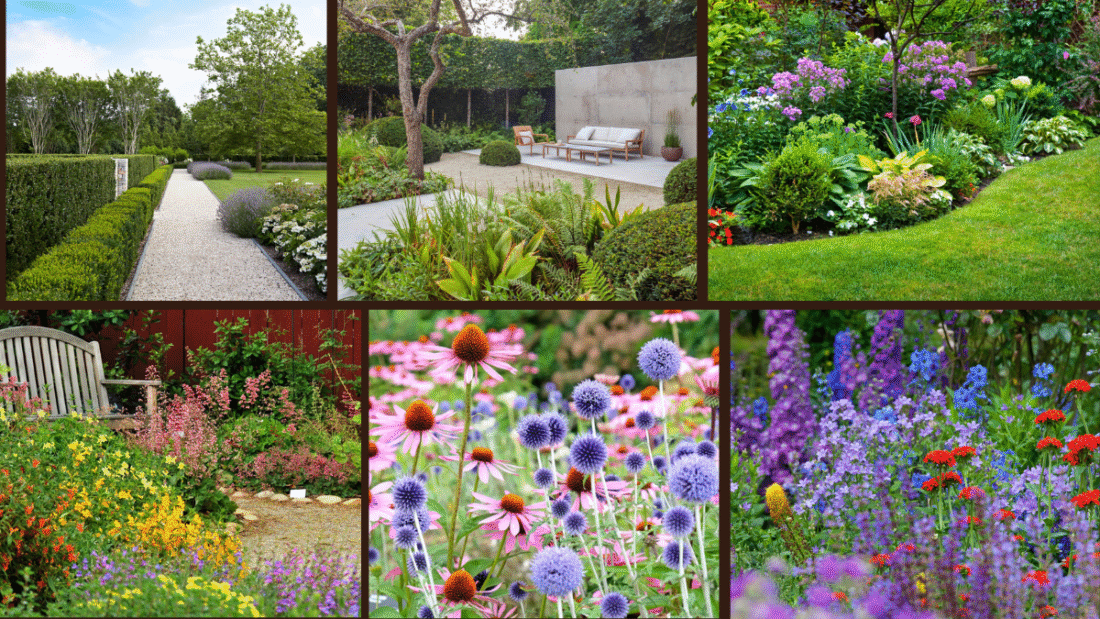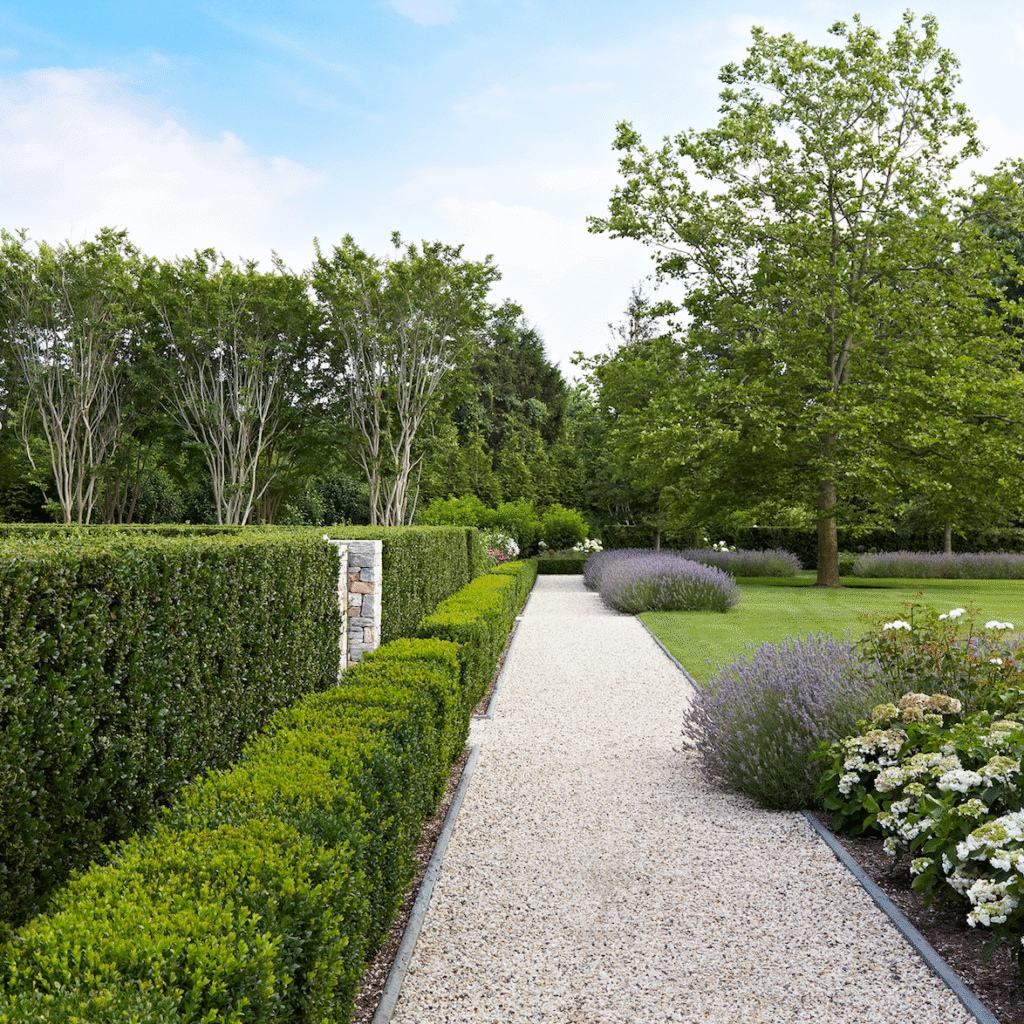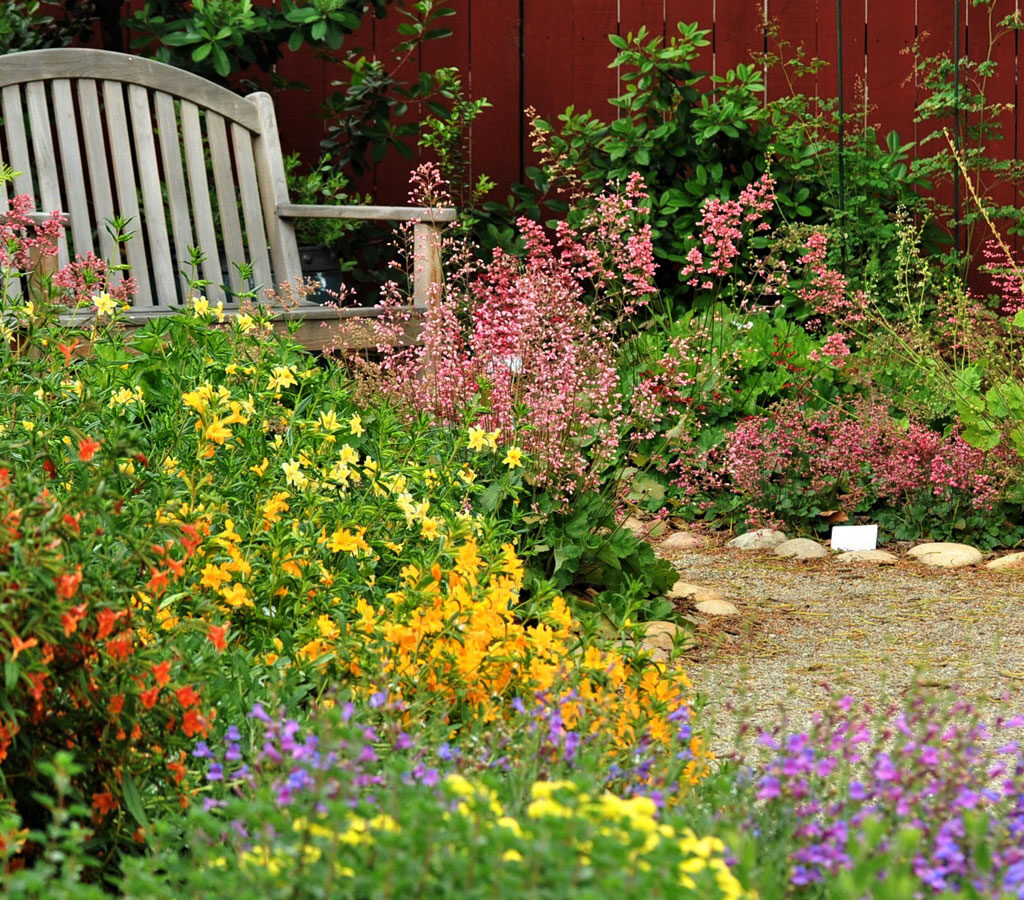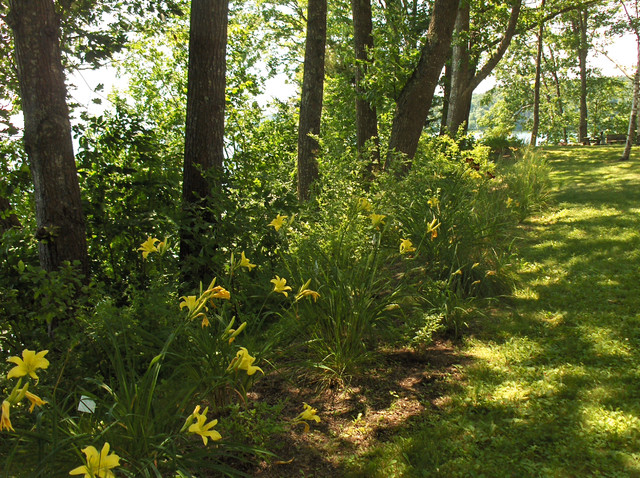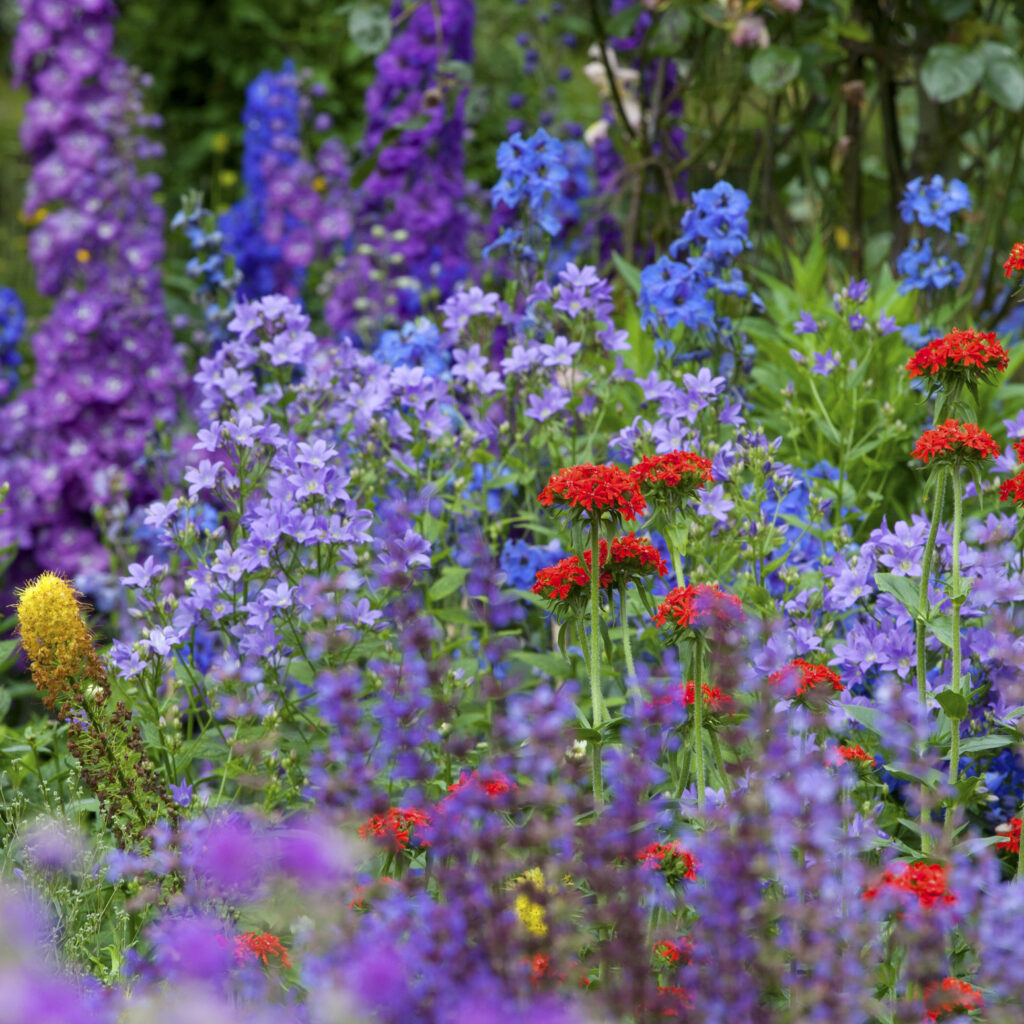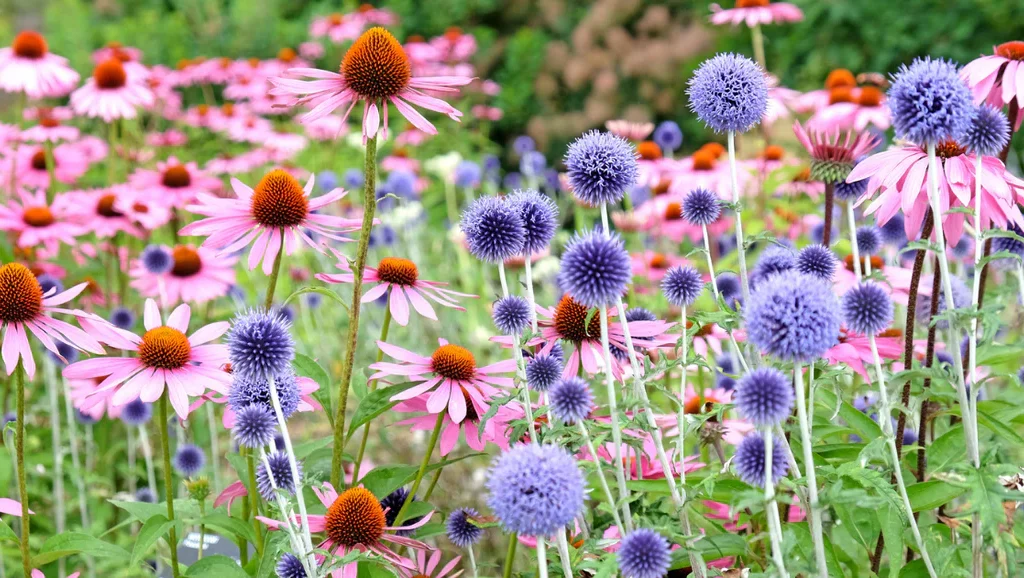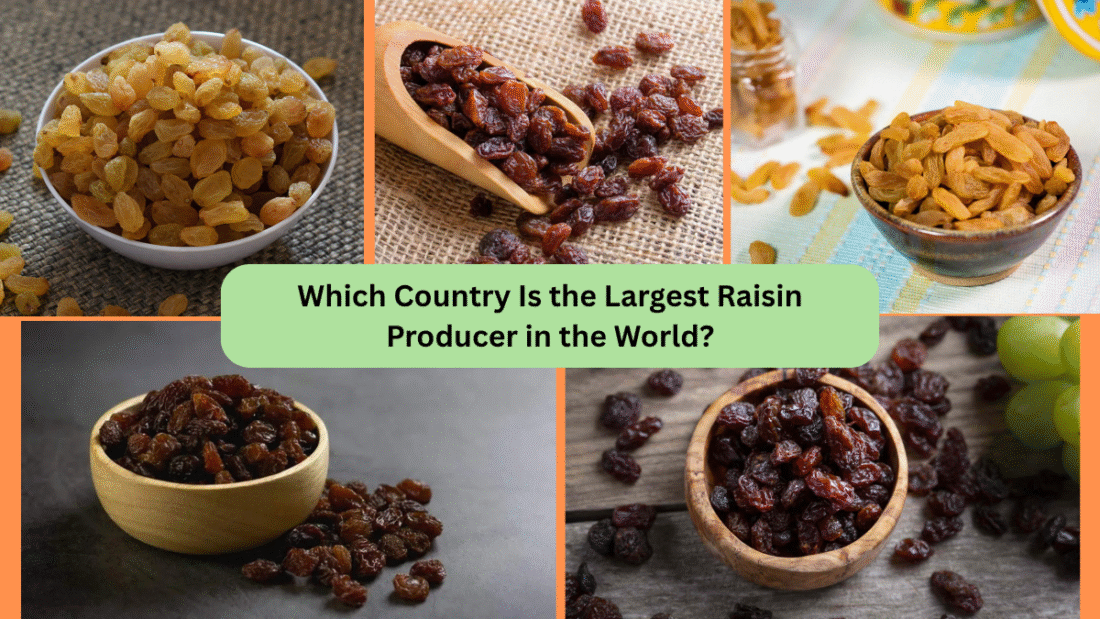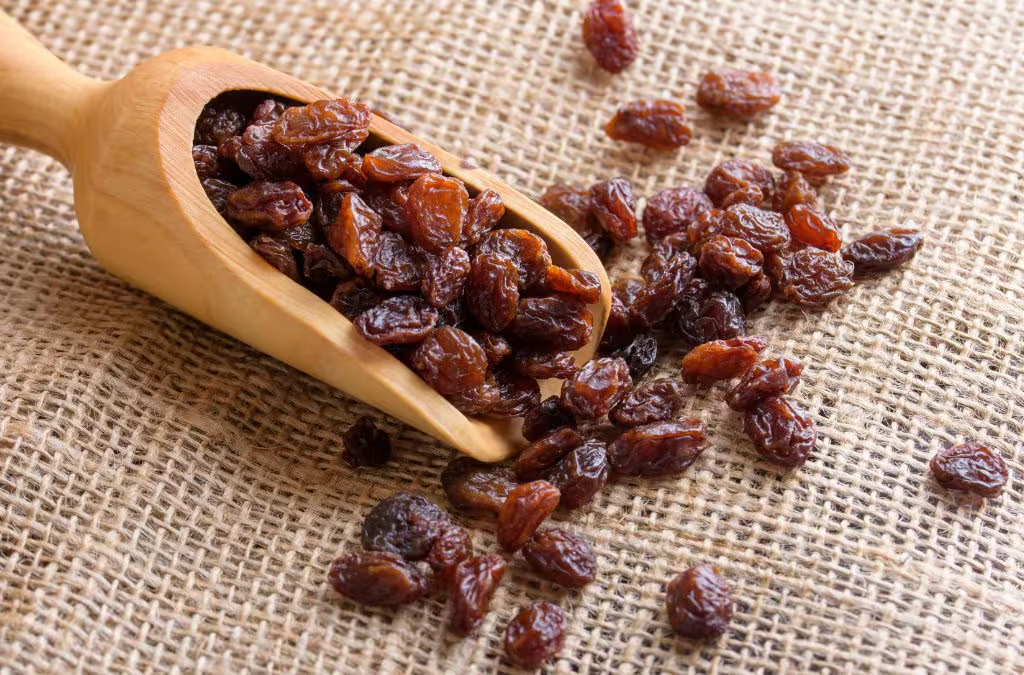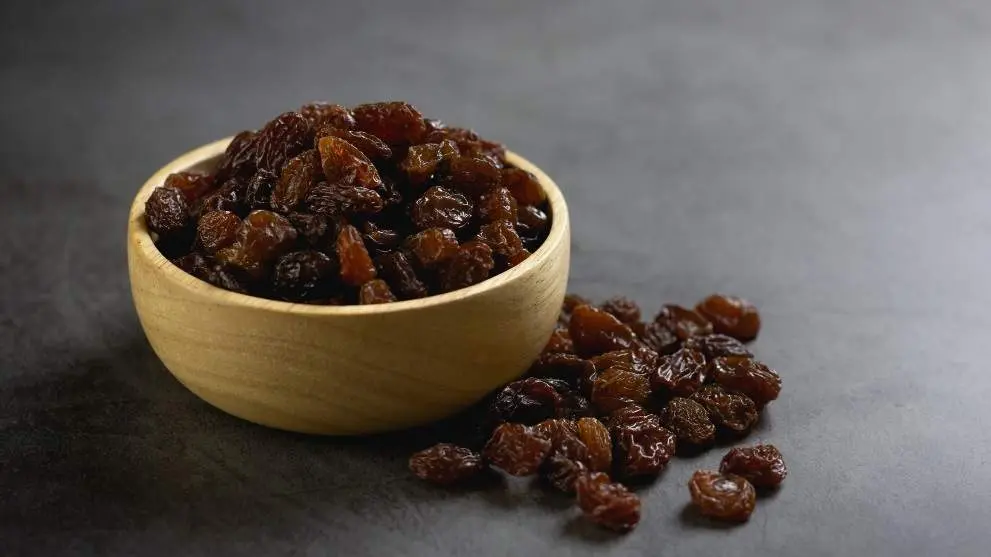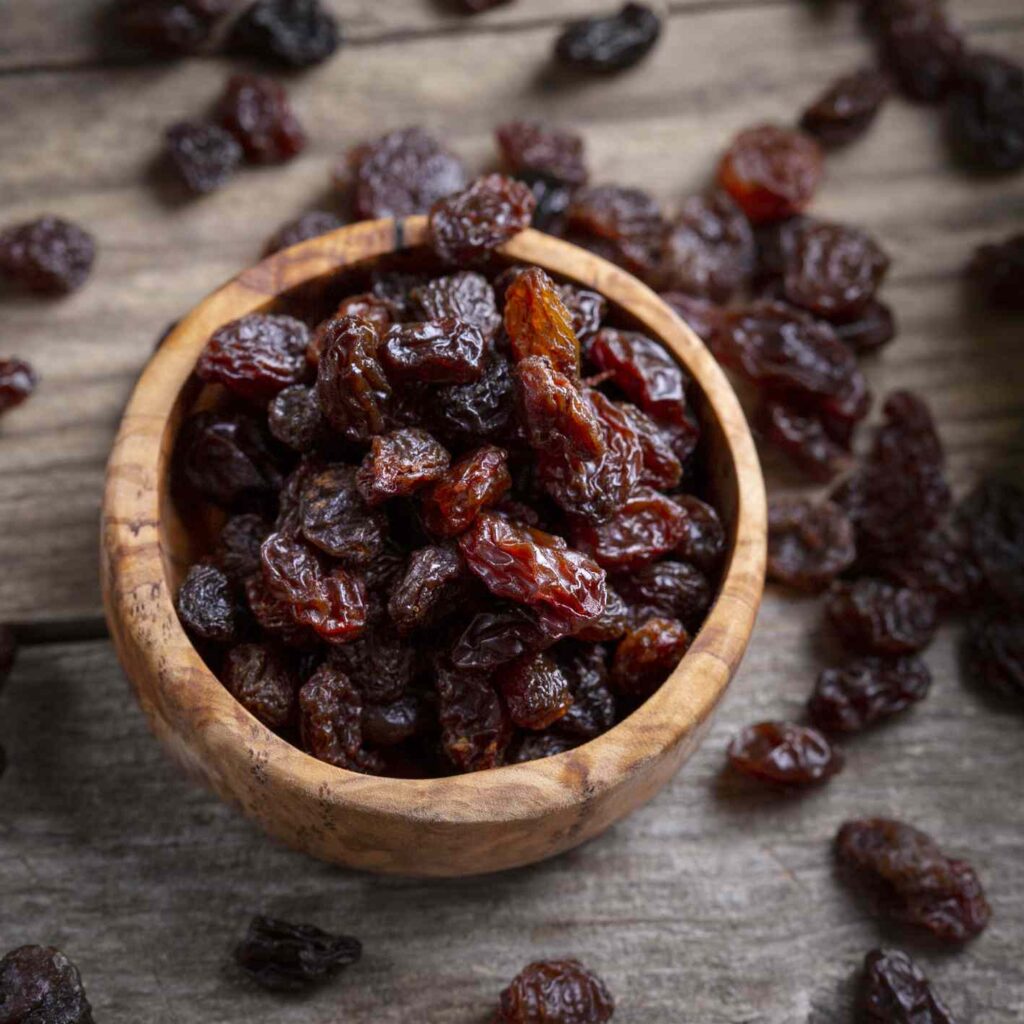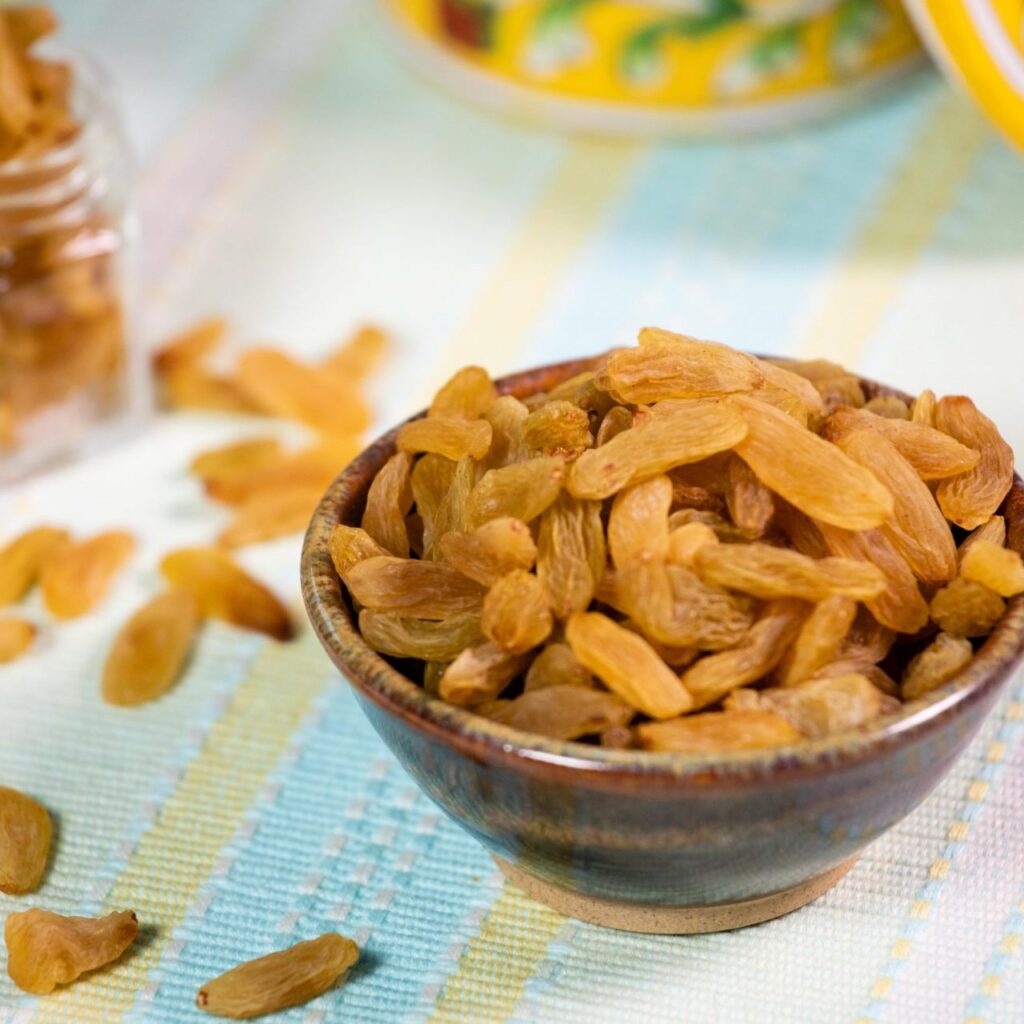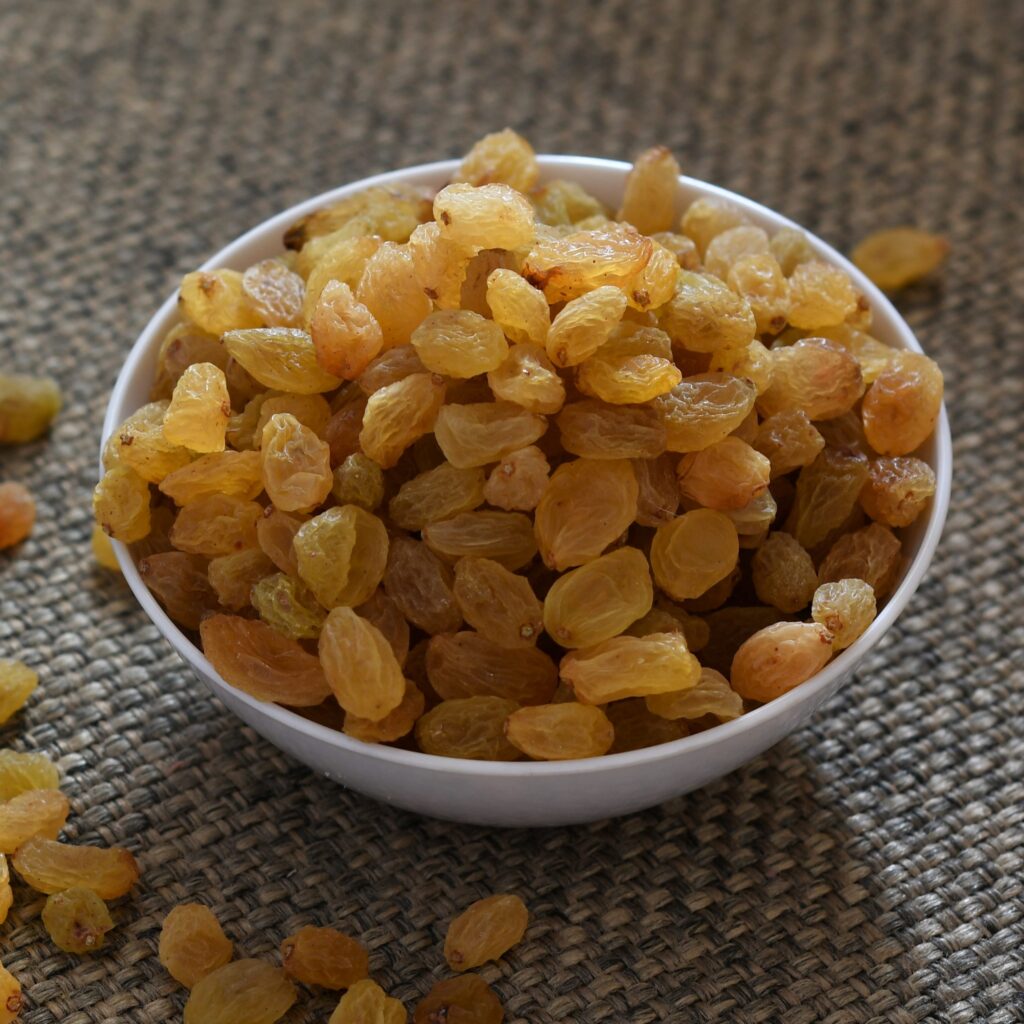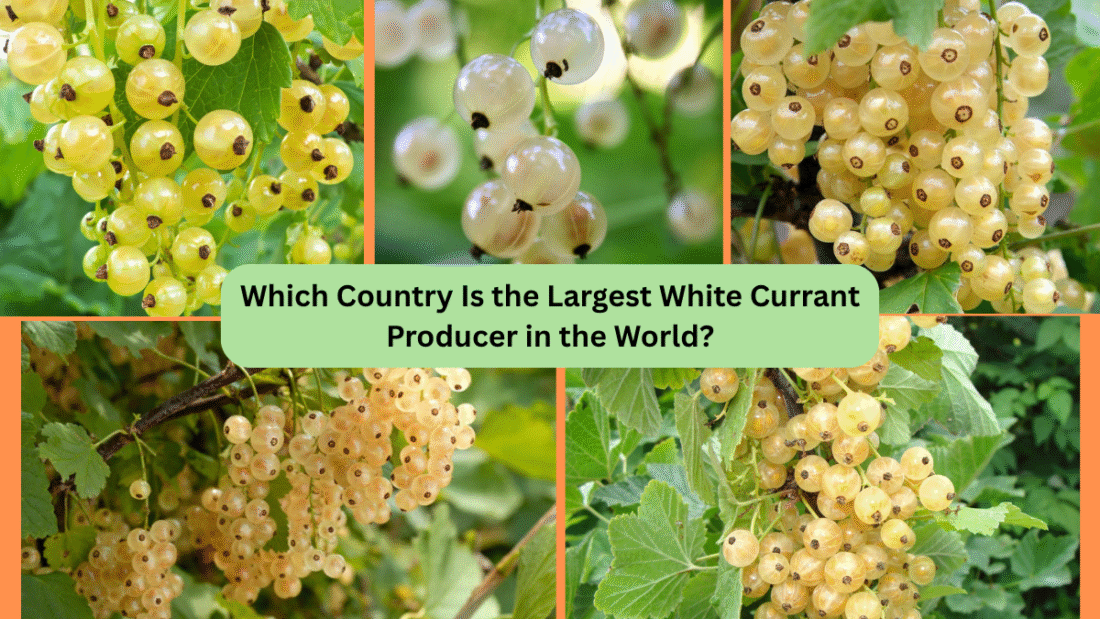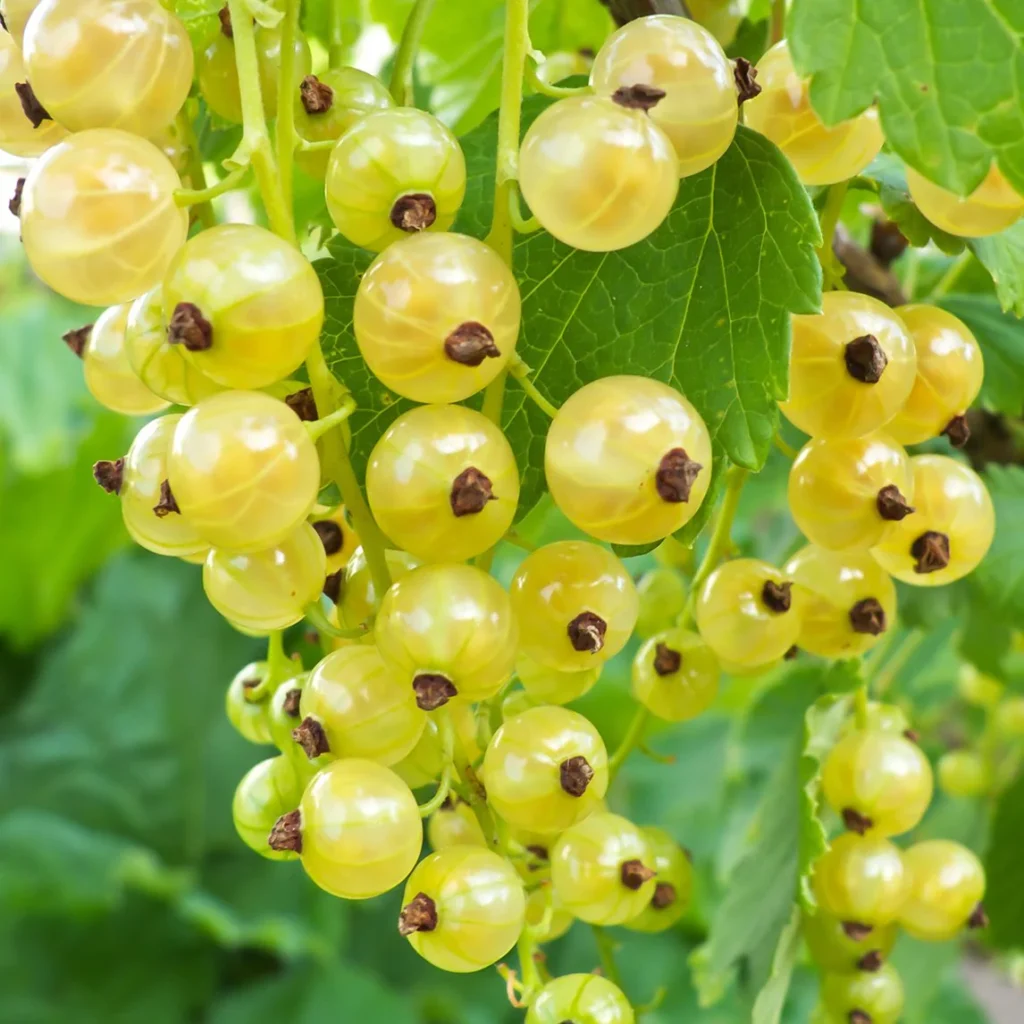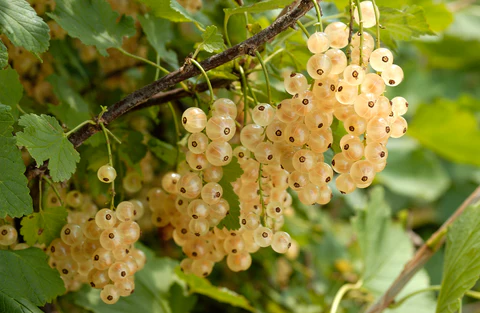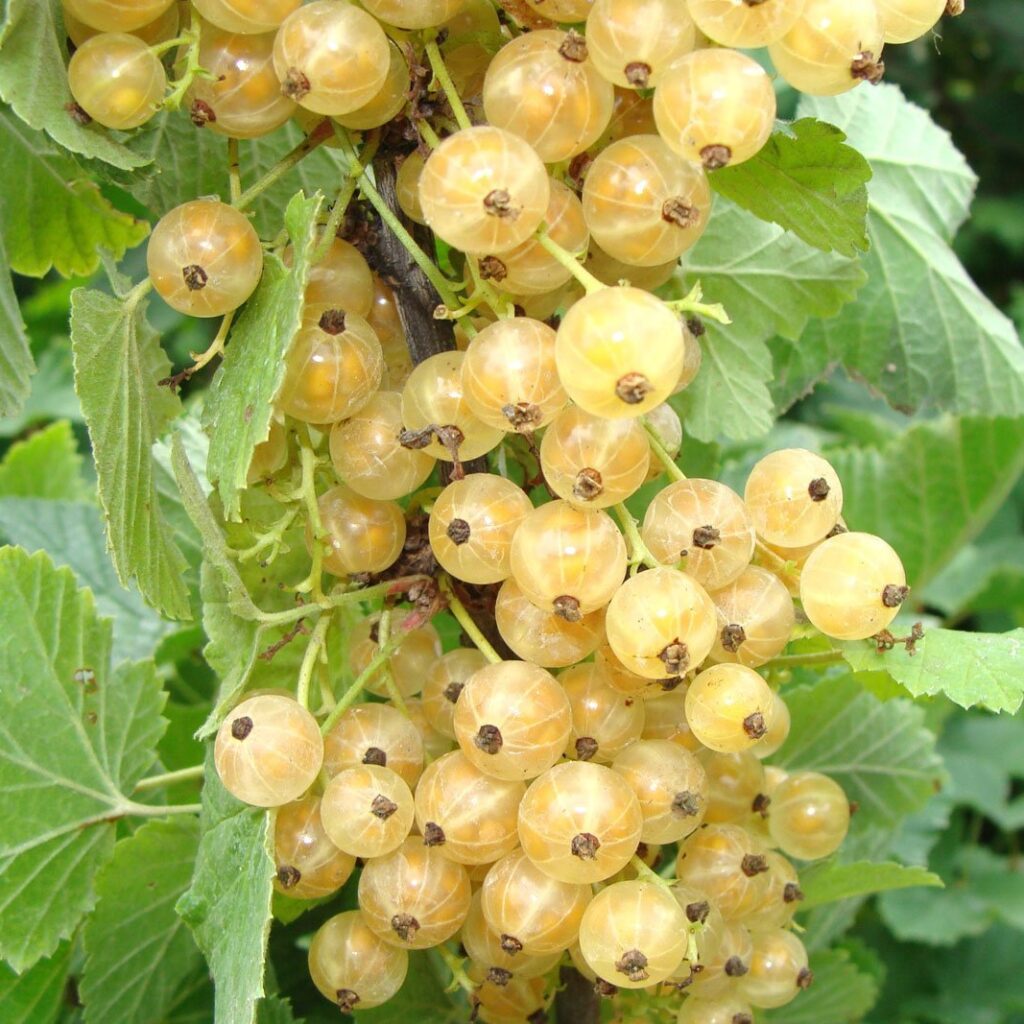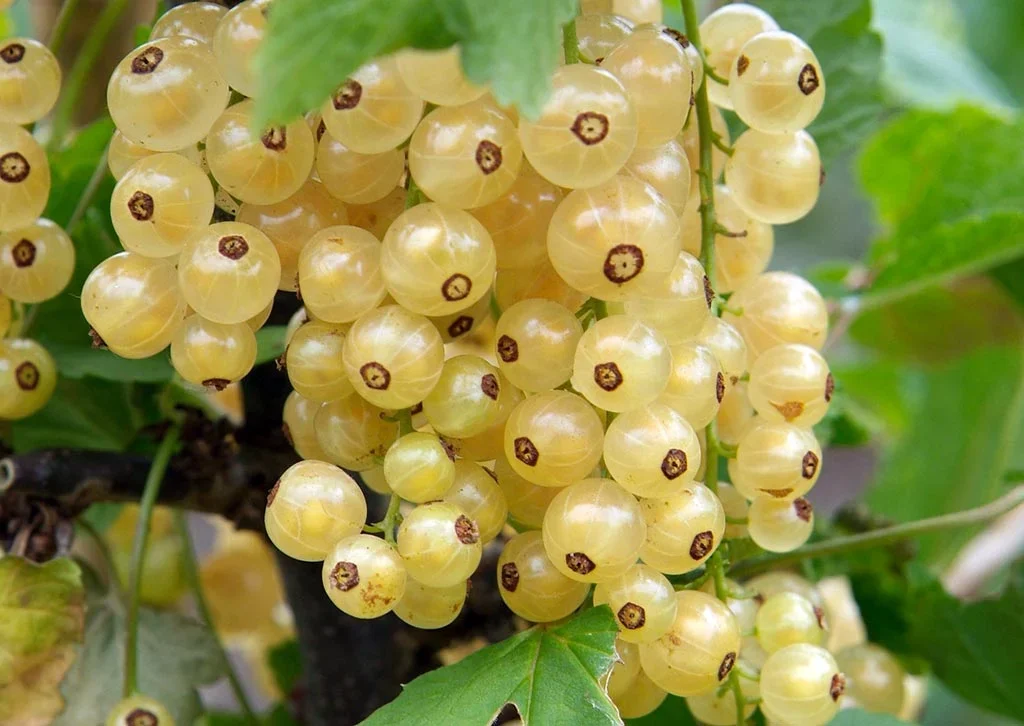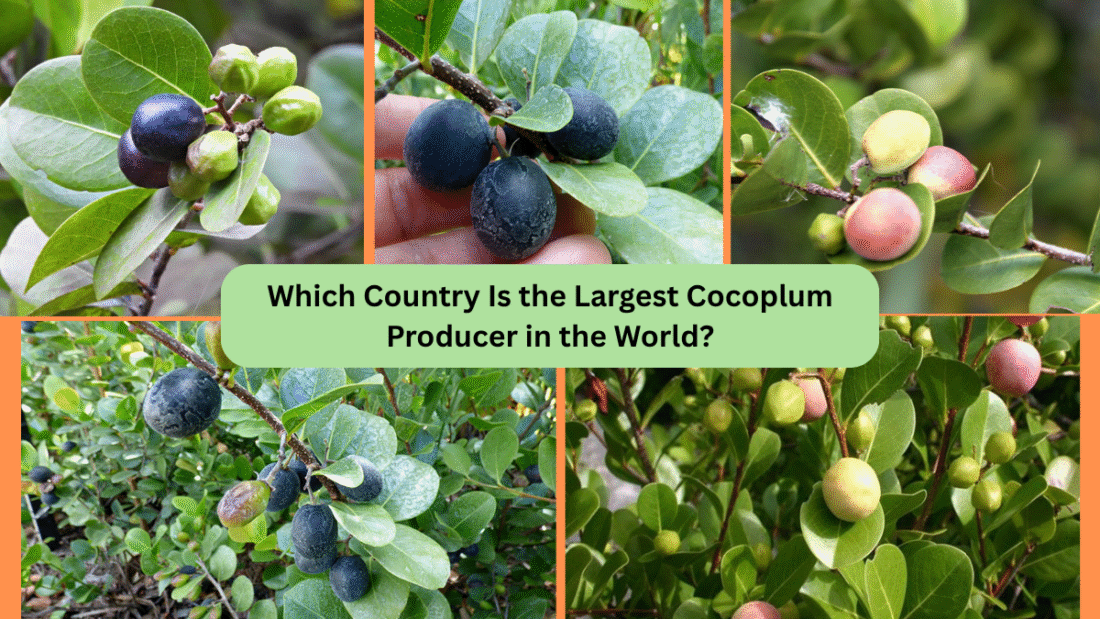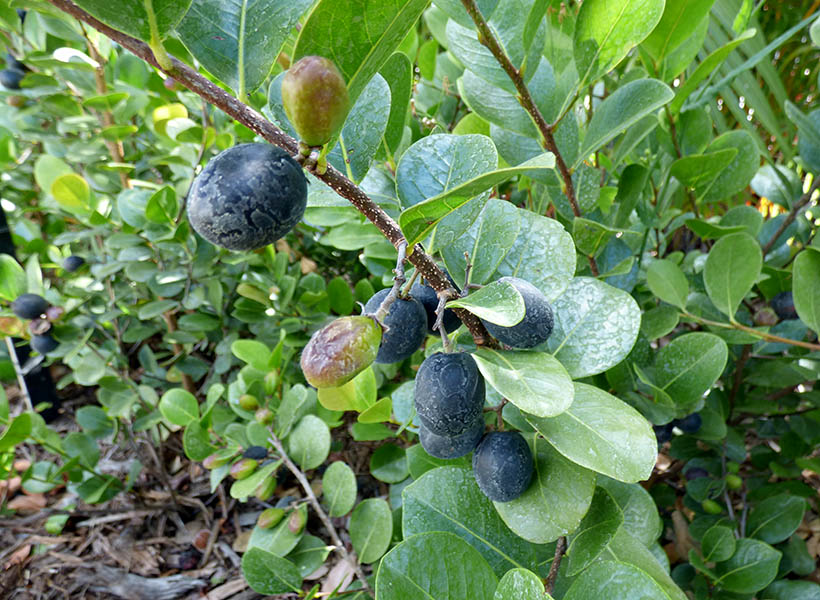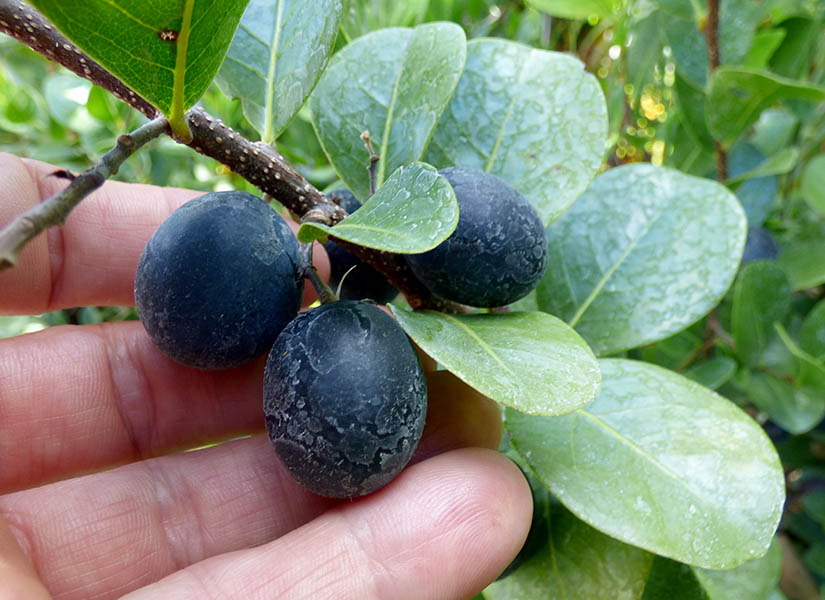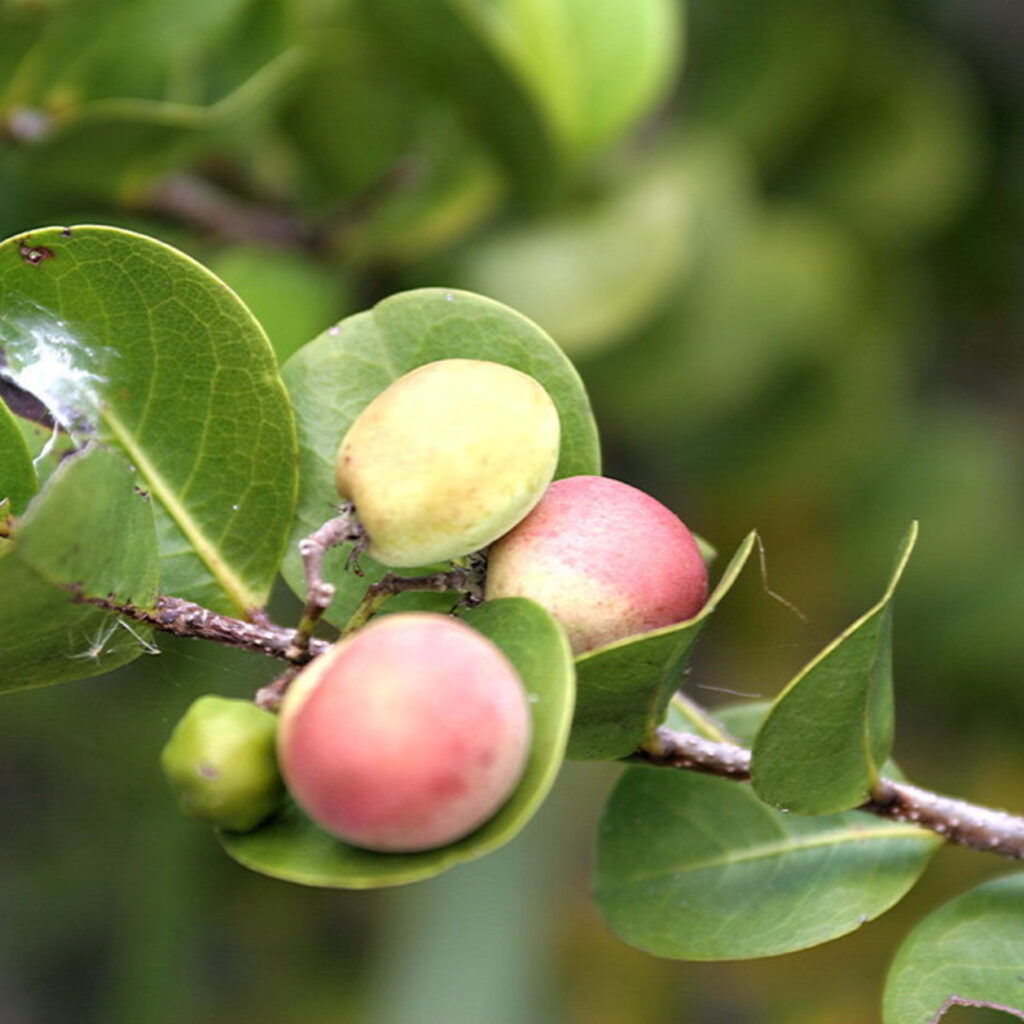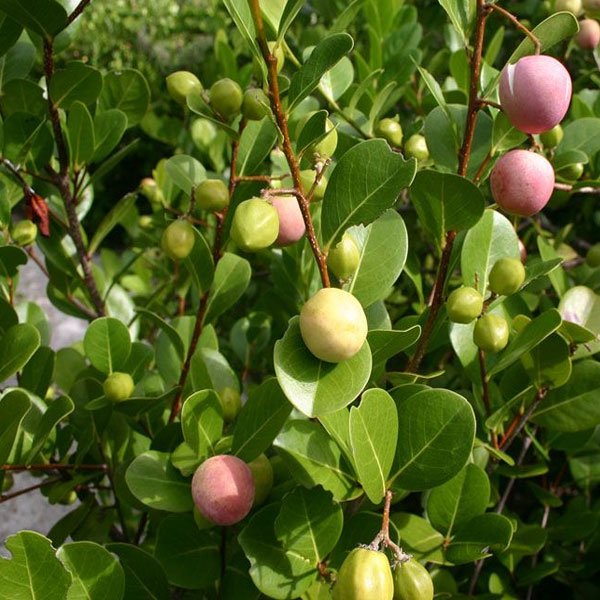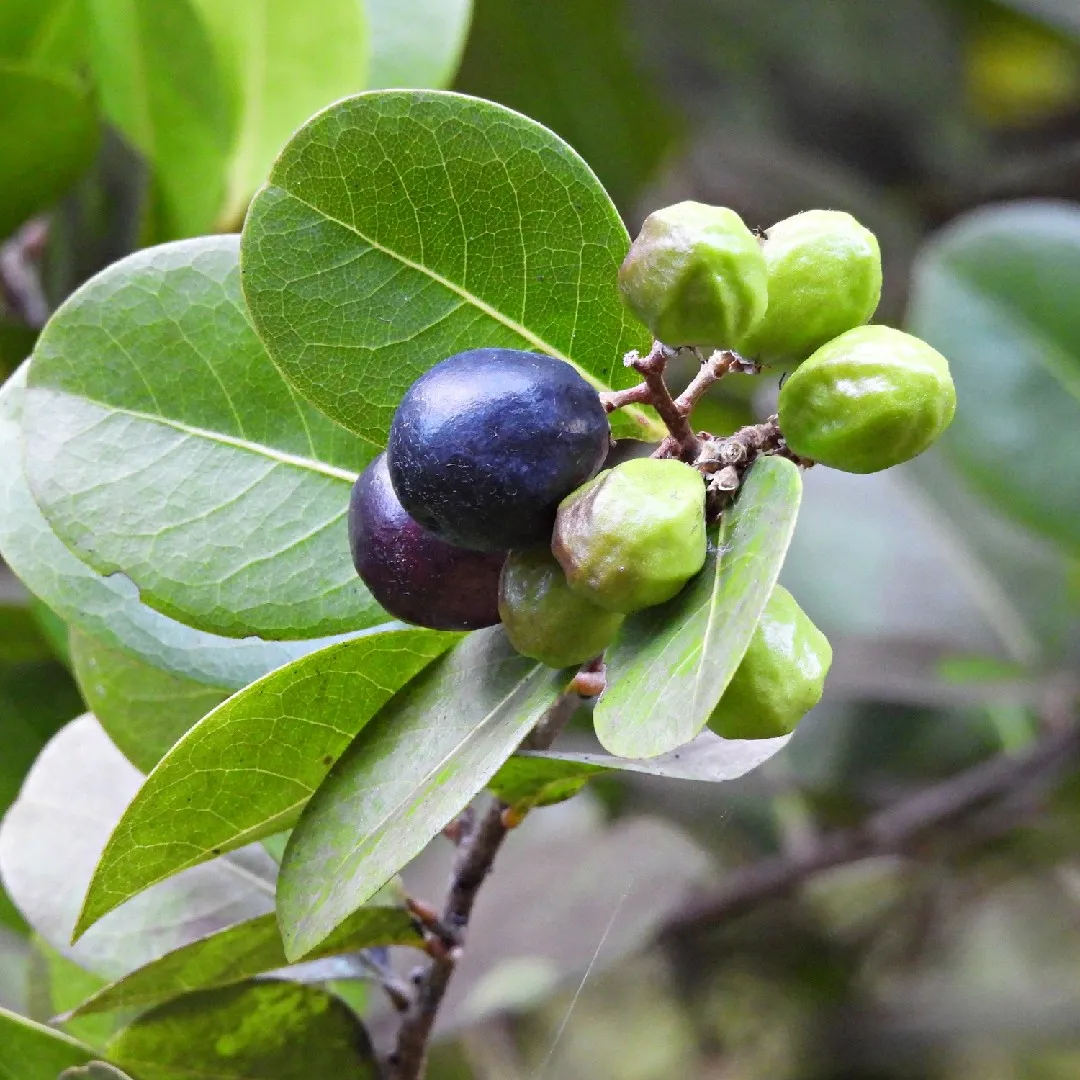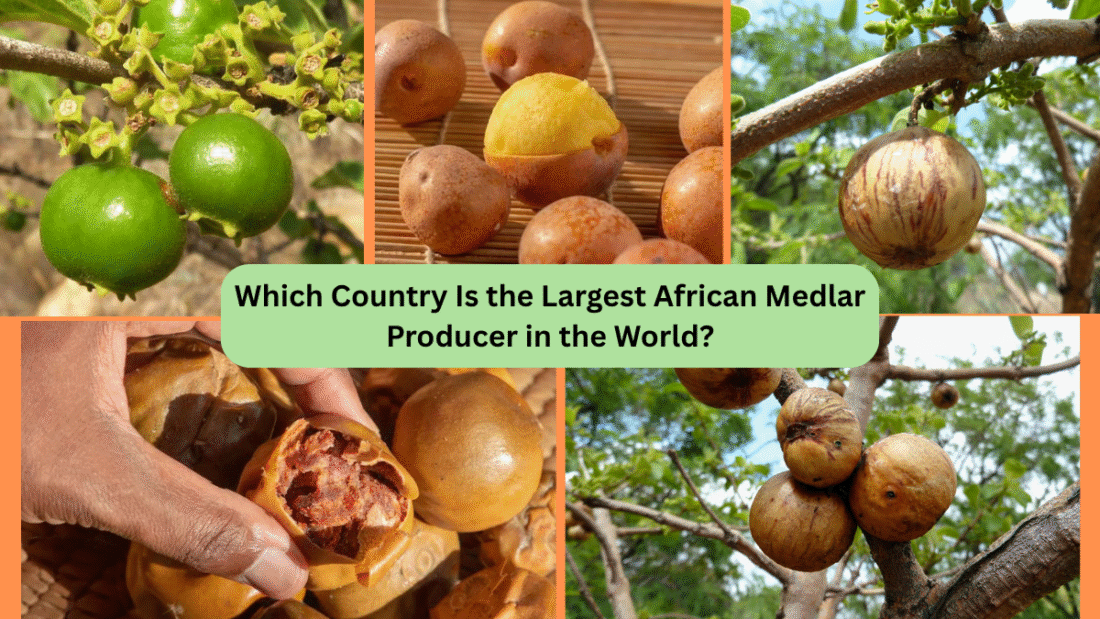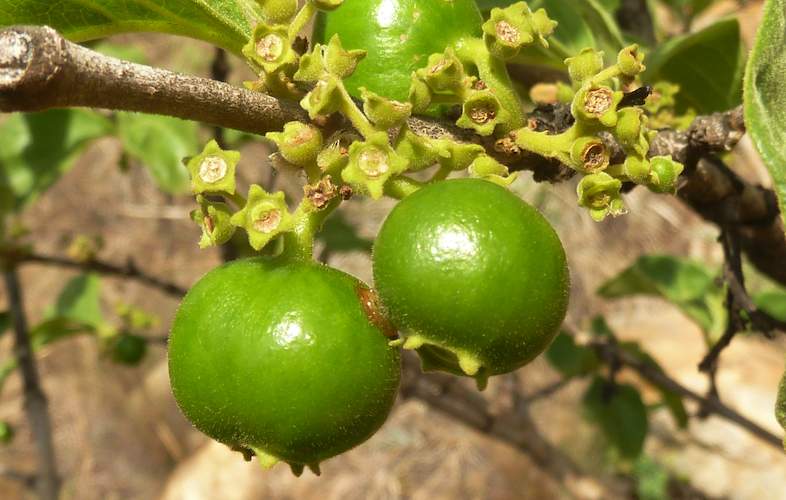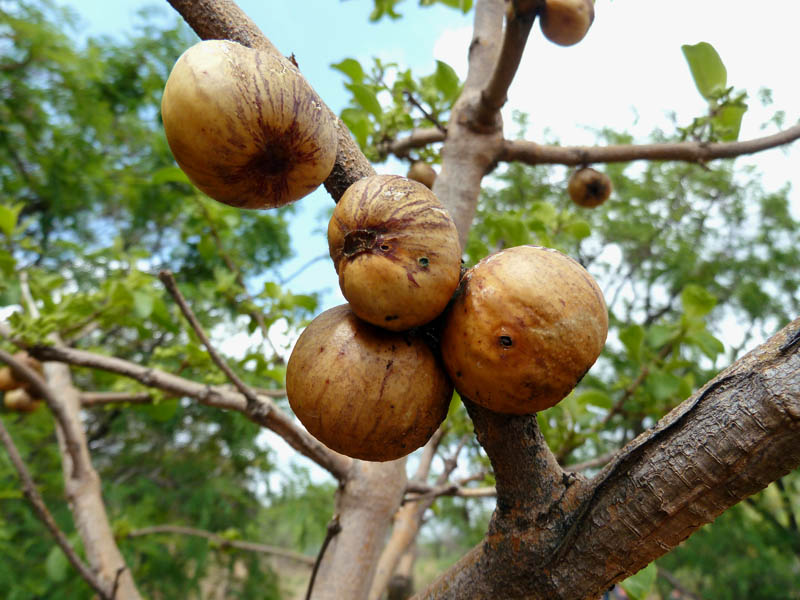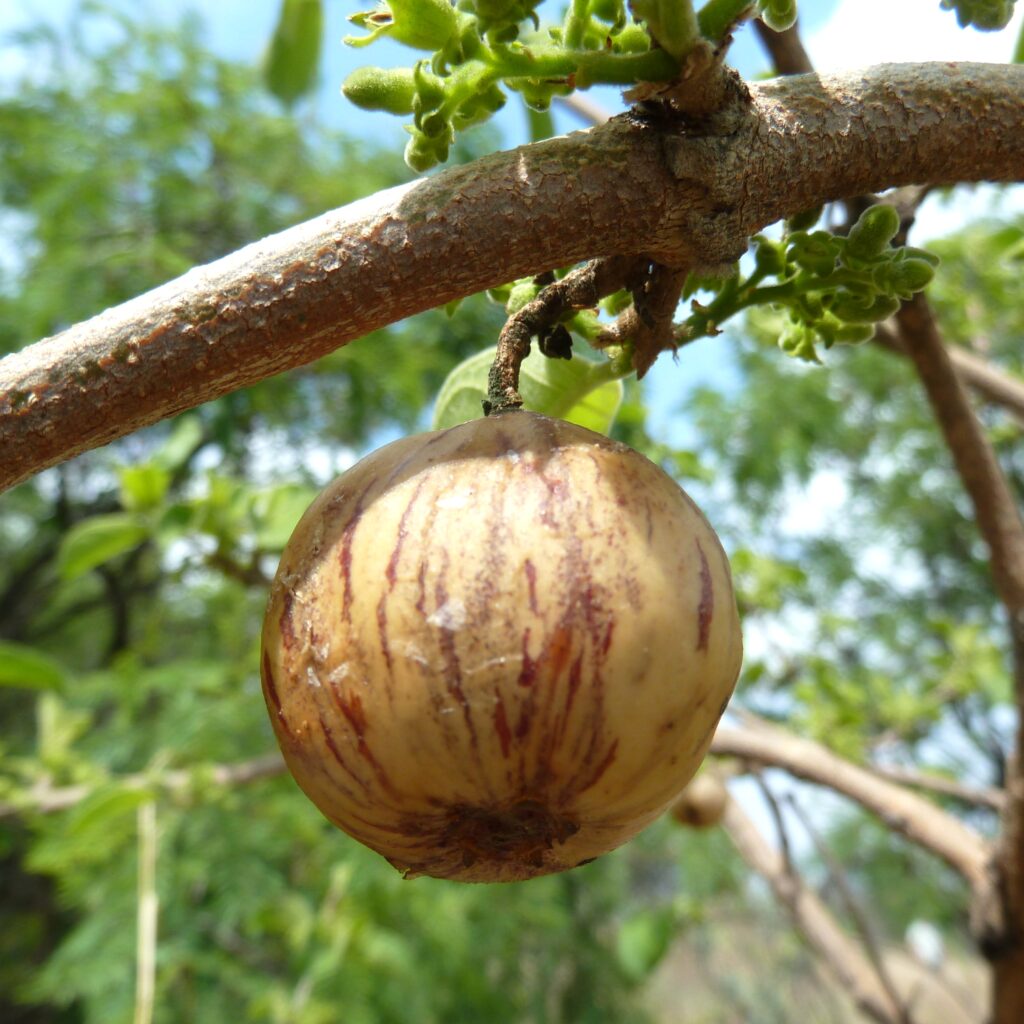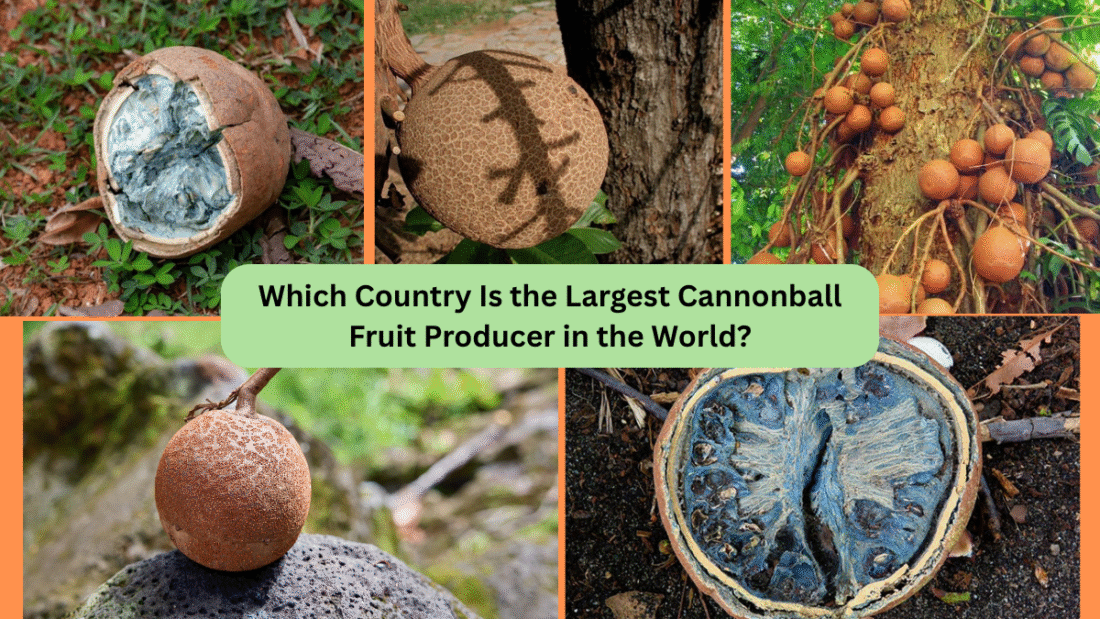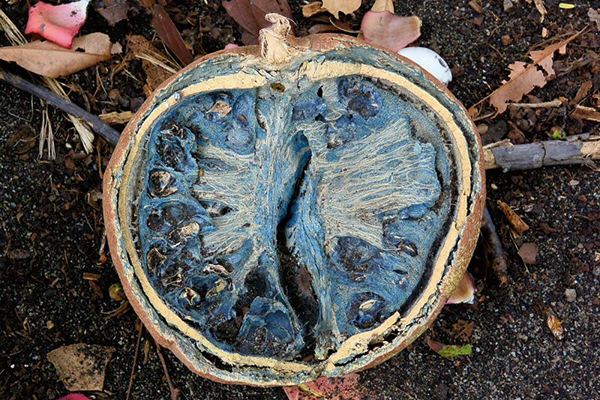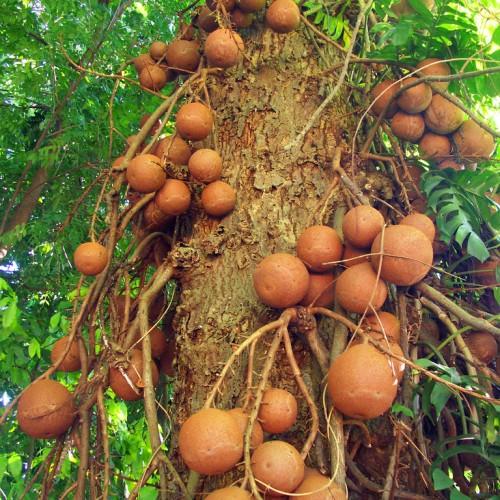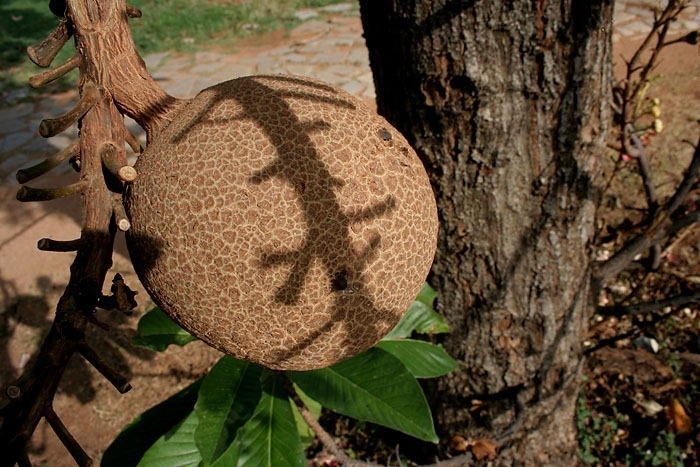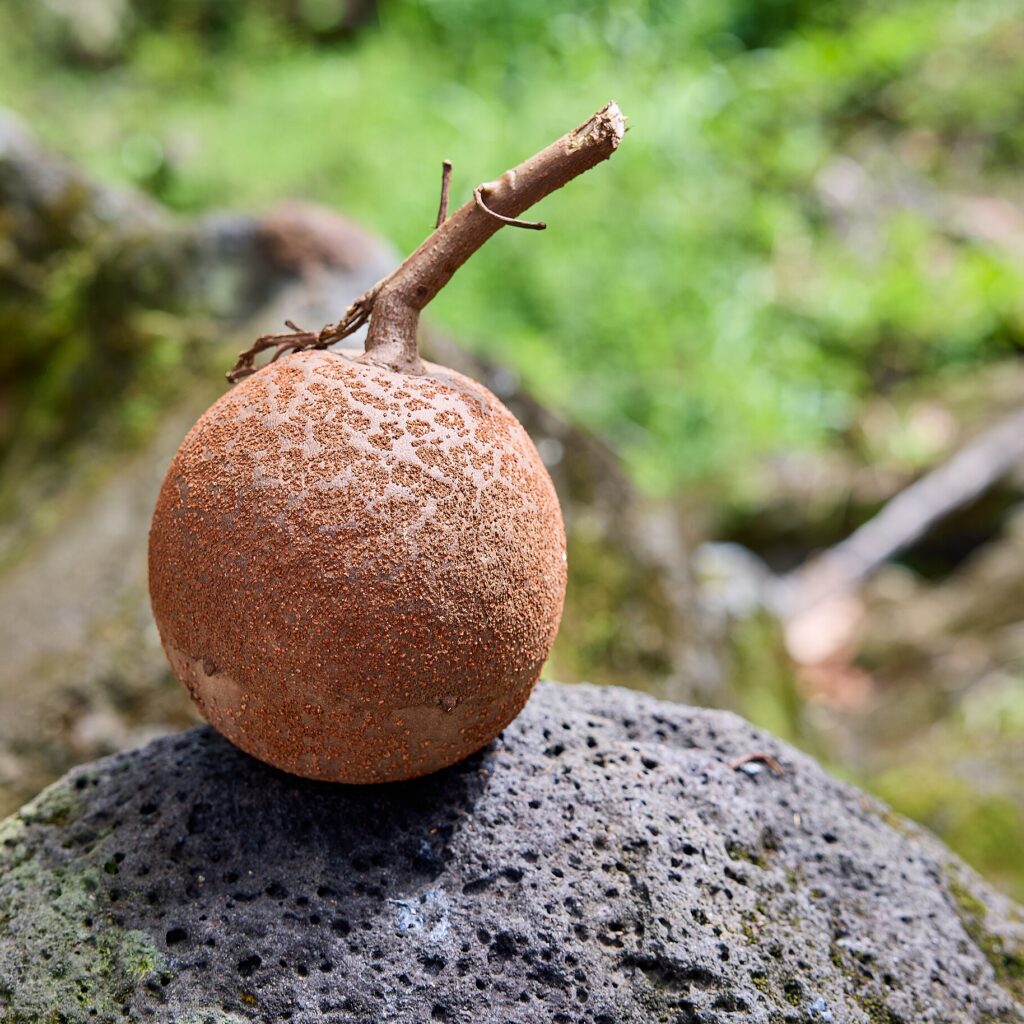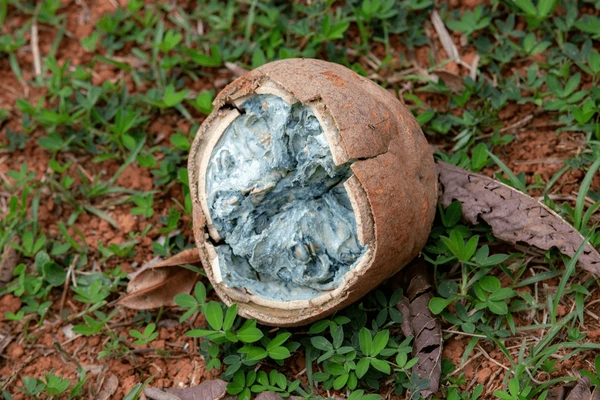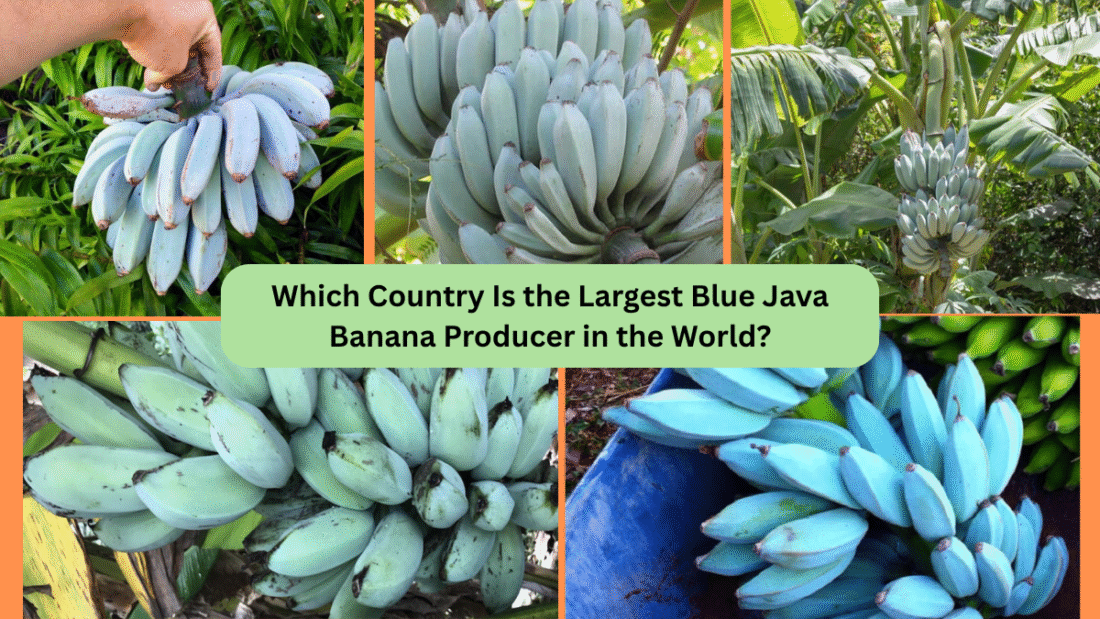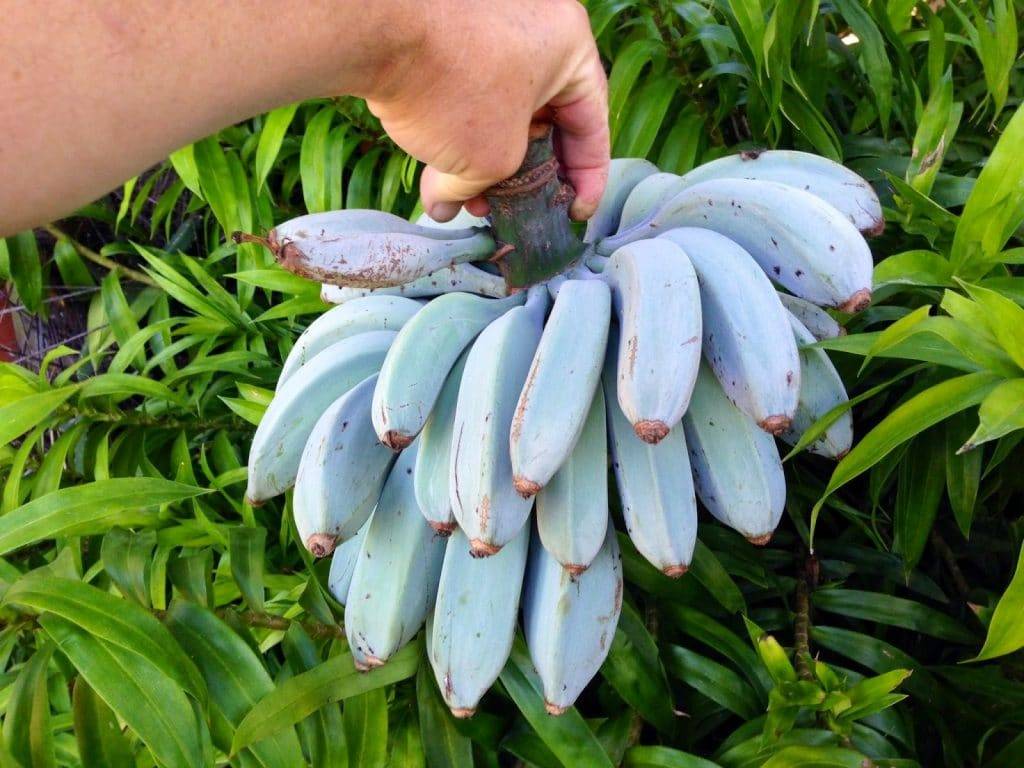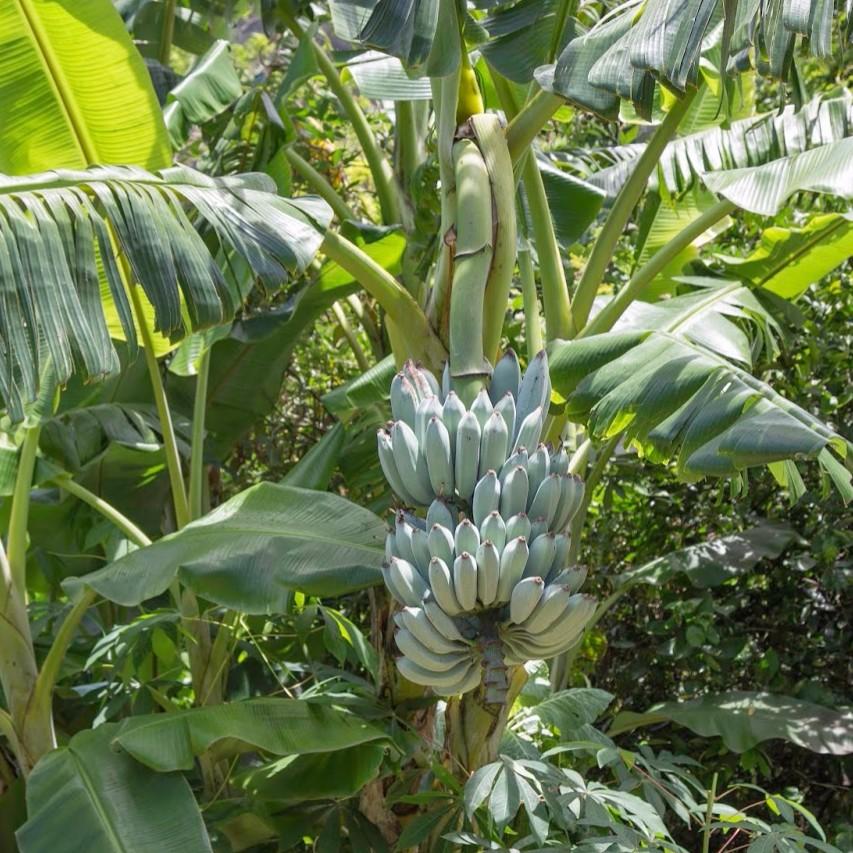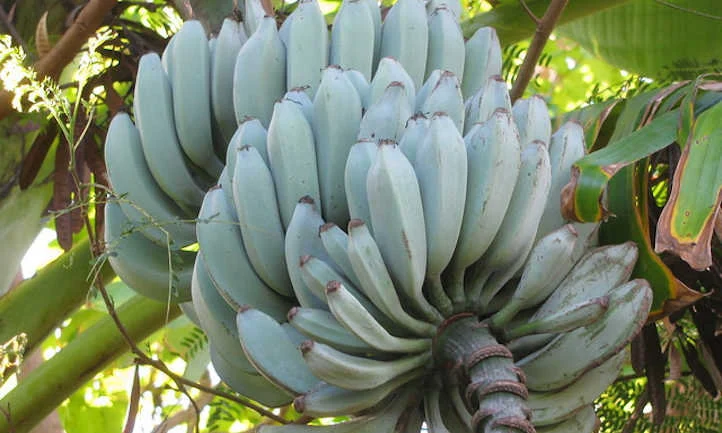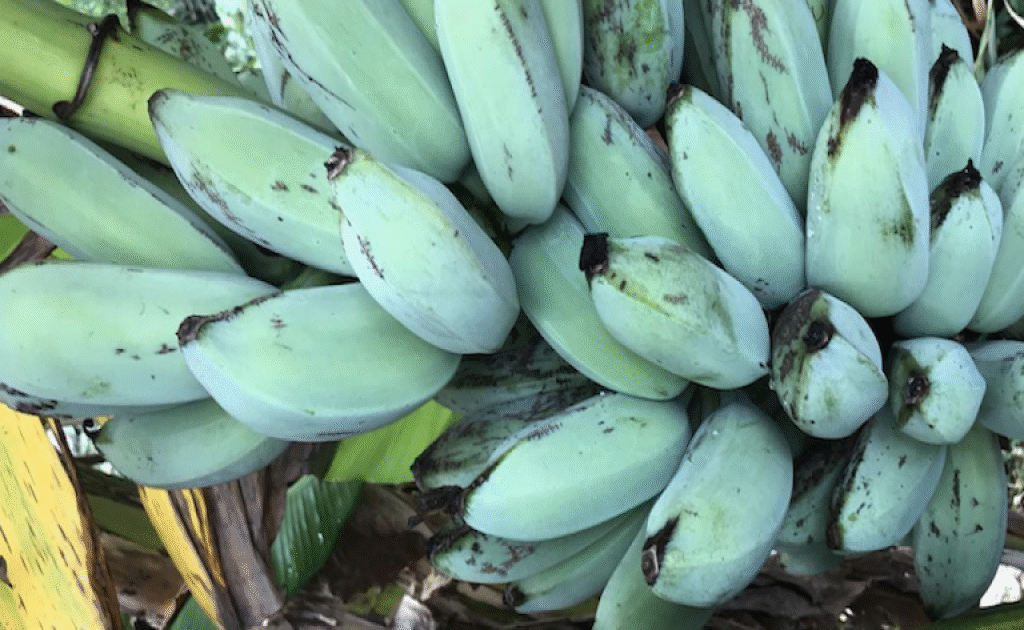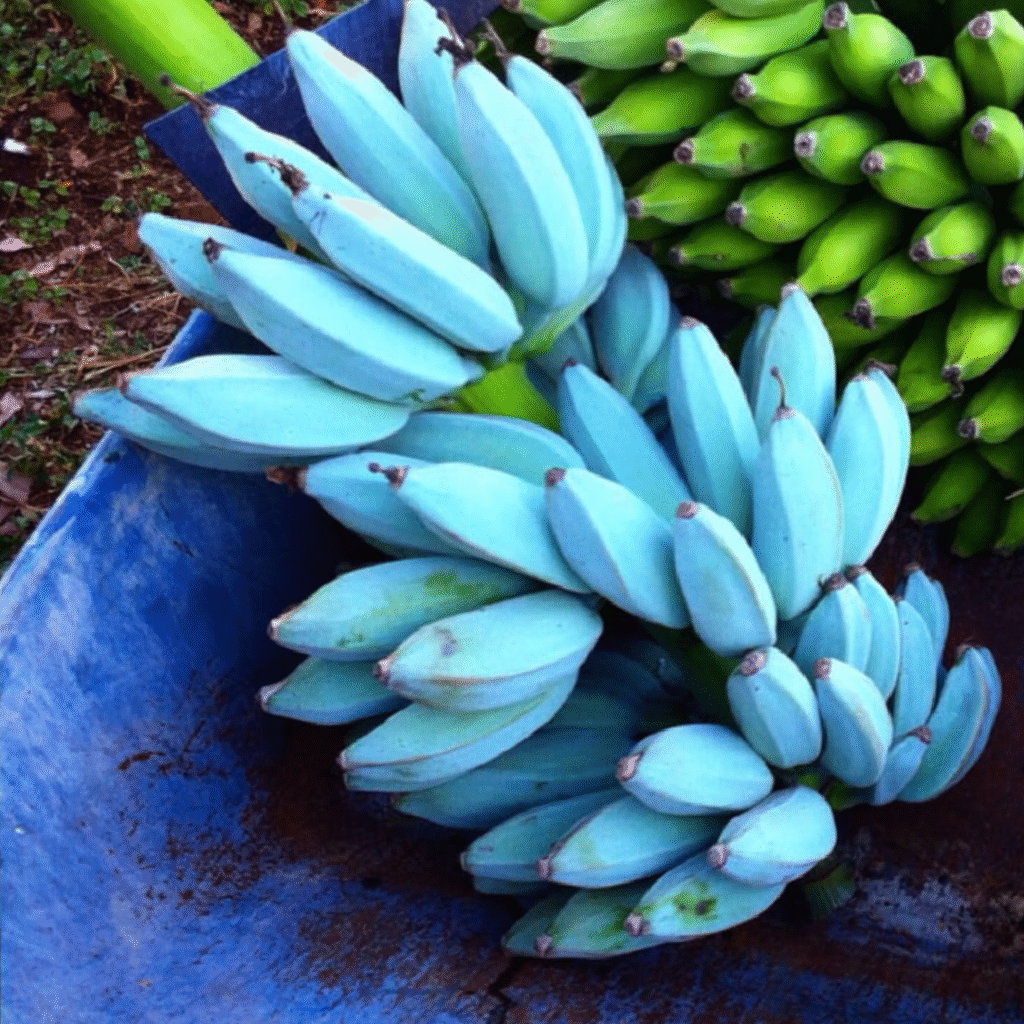Container gardening is one of the easiest ways to refresh your outdoor spaces throughout the year. No matter how big or small your garden, container plants bring bursts of color, texture, and life that you can easily move, swap, or redesign with the seasons. From bright spring flowers to cozy winter arrangements, container plantings are a simple, creative way to keep your garden lively and stylish. Here are 8 versatile garden container planting ideas to keep your space beautiful in every season.
1. Spring Bulb Showpiece

Celebrate the arrival of spring with containers overflowing with blooming bulbs. Plant a mix of tulips, daffodils, hyacinths, and crocuses in well-drained pots during fall, and watch them bloom together as the weather warms. Choose complementary colors like purples, yellows, and whites for a fresh, uplifting display. Layer different bulb varieties for staggered blooming times, ensuring continuous color throughout the season. Place these pots by doorways, patios, or garden paths to brighten your outdoor space as soon as spring arrives.
2. Summer Tropical Planters

Create a bold, exotic look in summer with tropical plants in oversized containers. Use large-leafed plants like banana plants, caladium, elephant ears, and cannas for height and drama. Complement them with brightly colored flowers like hibiscus or mandevilla. Choose vibrant, glazed ceramic or rattan pots to enhance the tropical vibe. Position these containers near patios, pool areas, or outdoor lounges to turn your space into a summer retreat. Regular watering and feeding will keep your tropical planters lush and thriving.
3. Autumn Harvest Containers

Welcome fall with rich, earthy tones and textural interest in your containers. Combine ornamental cabbages, kale, chrysanthemums, pansies, and asters in warm shades of orange, burgundy, and gold. Add mini pumpkins or gourds for a festive touch. Use rustic containers like wooden crates, metal tubs, or wicker baskets for a cozy, farmhouse feel. These autumn arrangements look stunning on porches, entryways, and garden corners, making them perfect for seasonal decorating while offering resilience against cooler temperatures.
4. Winter Evergreen Displays

Even in winter, your garden containers can look lush and vibrant. Fill pots with evergreens like dwarf conifers, holly, or boxwood, and add decorative elements like pinecones, red berries, and birch branches. Choose sturdy ceramic or stone planters that can withstand frost. For a festive look, wrap your containers in burlap or seasonal ribbon. These arrangements offer structure, greenery, and natural charm during the colder months, keeping your outdoor areas lively when most flowers have faded.
5. Edible Herb Planters

Create a practical and beautiful container garden with a mix of edible herbs and compact vegetables. Use large terracotta or wooden planters to grow basil, thyme, rosemary, parsley, and mint. Pair them with edible flowers like nasturtiums and violas for a pop of color. These containers not only add fragrance and greenery to your garden but also provide fresh, homegrown ingredients for your kitchen. Place them near doorways, patios, or windowsills for easy harvesting and delightful sensory appeal.
6. Mixed Annual Flower Pots

Brighten up any garden spot with mixed annual flower containers. Combine fast-growing, colorful blooms like petunias, geraniums, marigolds, zinnias, and lobelia for a dynamic, long-lasting display. Use a thriller-filler-spiller planting technique: tall flowers in the center, medium plants to fill in, and trailing blooms around the edges. Choose vibrant, lightweight plastic or ceramic pots that can be easily moved and swapped. Perfect for summer and early fall, these mixed containers deliver a cheerful, ever-changing splash of color.
7. Succulent Container Garden

For a low-maintenance, year-round option, create a succulent container garden. Select a shallow, wide pot and fill it with a variety of succulents like echeveria, jade, sedum, and string of pearls. Choose a mix of colors, shapes, and textures for visual appeal. Succulent arrangements work well on sunny patios, tabletops, or balcony railings. They require minimal water and care, making them perfect for busy gardeners or those in warmer, dry climates. Add decorative pebbles or driftwood for a modern, organic touch.
8. Winter-to-Spring Transition Planters

Bridge the gap between winter’s end and early spring with hardy transitional container plantings. Use cool-season flowers like pansies, violas, hellebores, and primroses, paired with evergreen accents like boxwood spheres or ivy. These plants tolerate chilly temperatures and bring much-needed color while you wait for spring bulbs to bloom. Opt for natural or stone-finish pots to complement the season’s subdued tones. Place these containers near entryways or patios for a hopeful, cheerful lift as winter fades away.
Final Thoughts
No matter the season, container plantings offer endless opportunities to refresh and beautify your garden spaces. From spring bulbs to winter evergreens and everything in between, these 8 garden container planting ideas make it easy to keep your outdoor areas colorful, creative, and seasonally appropriate all year long. Mix textures, plant types, and container styles to reflect your personal taste and create a garden that evolves beautifully with every passing season.

